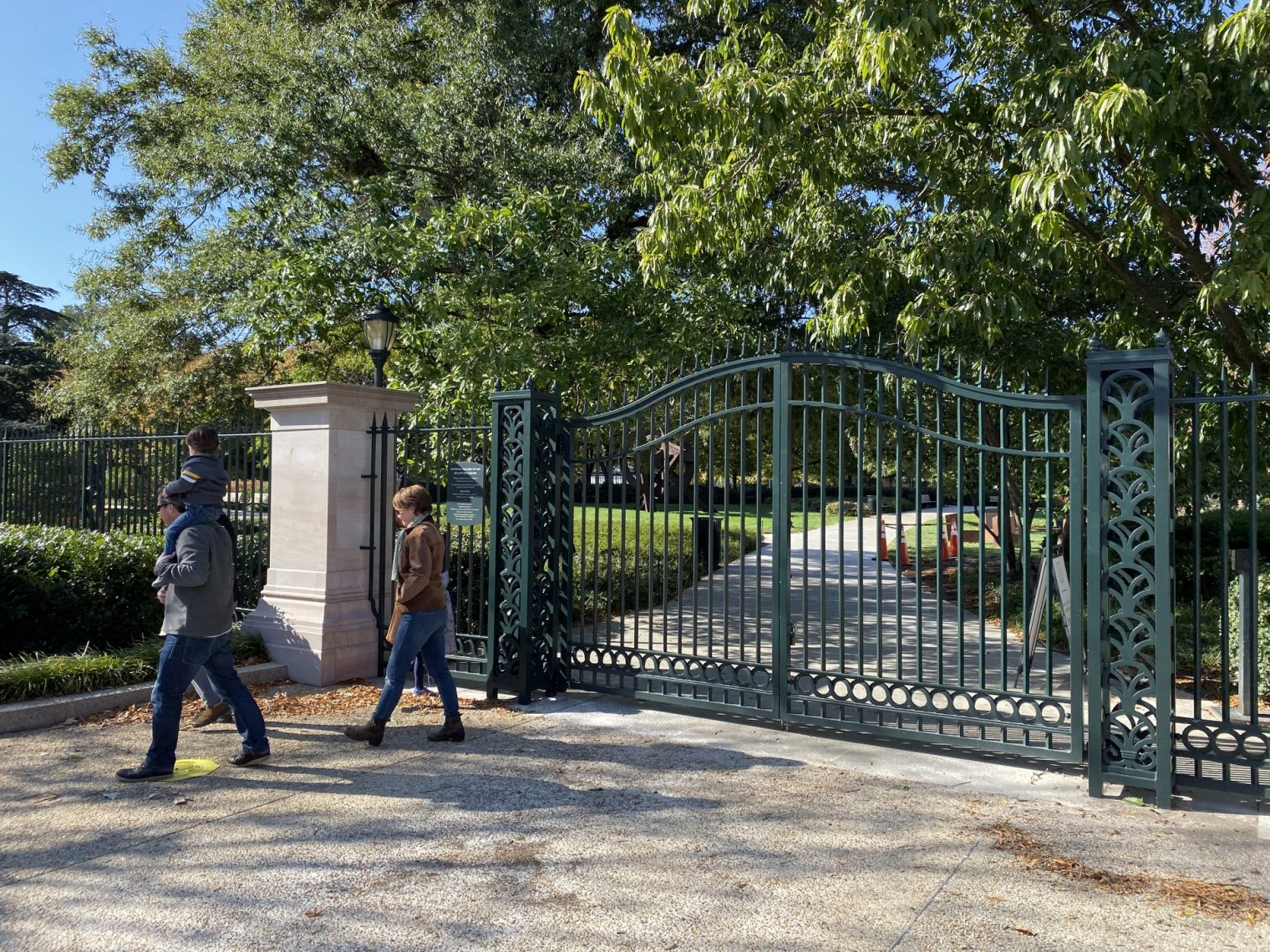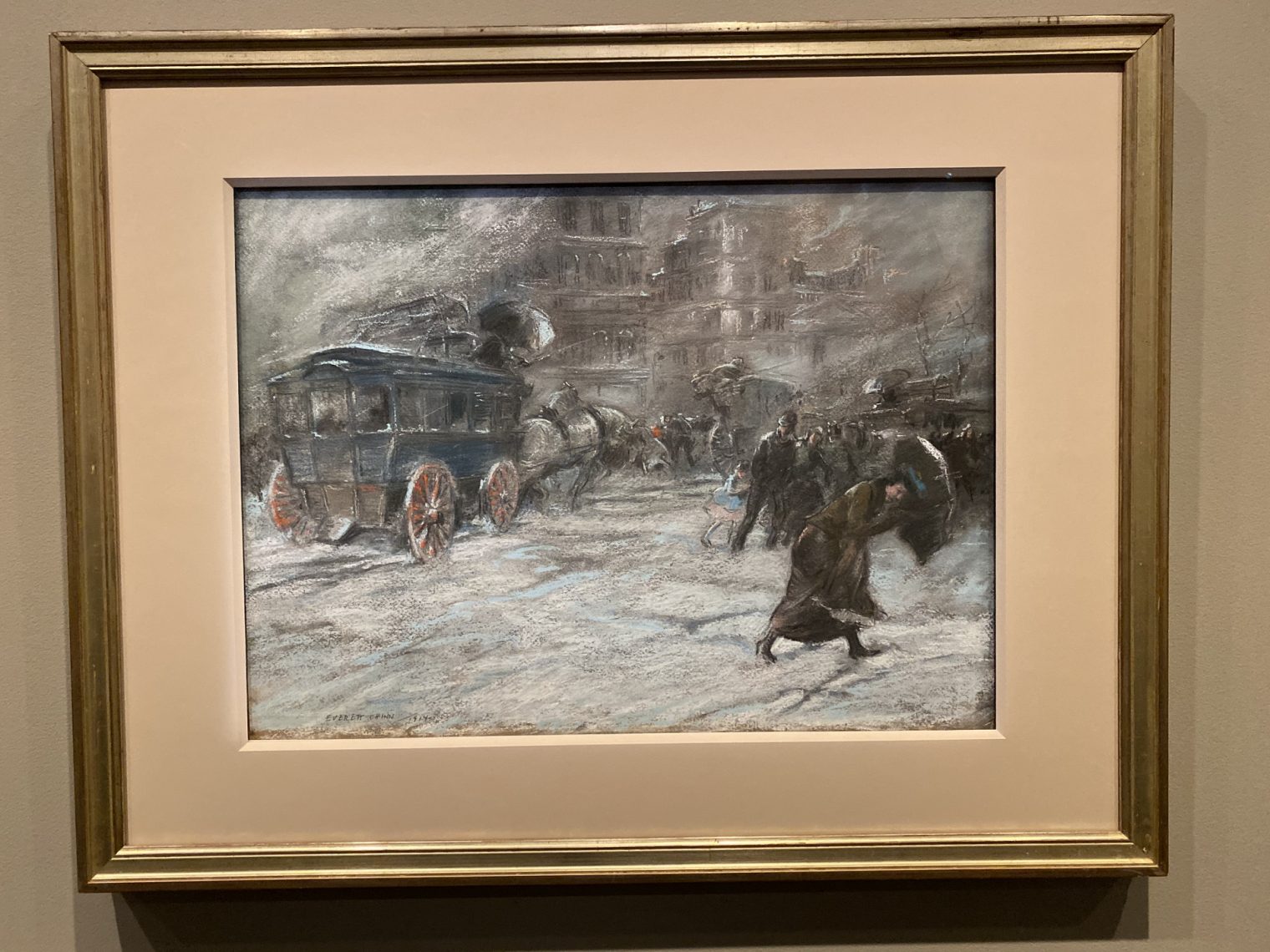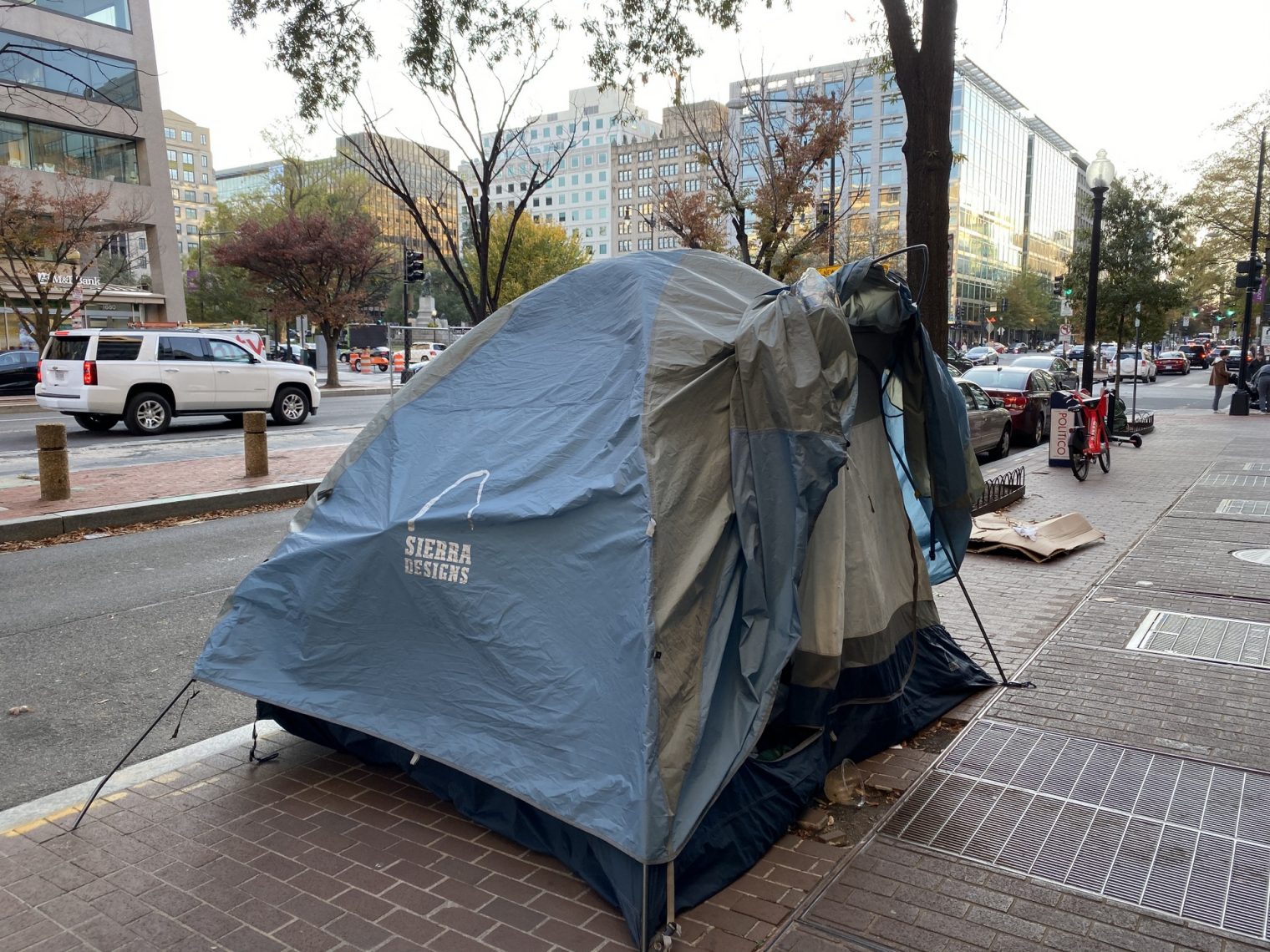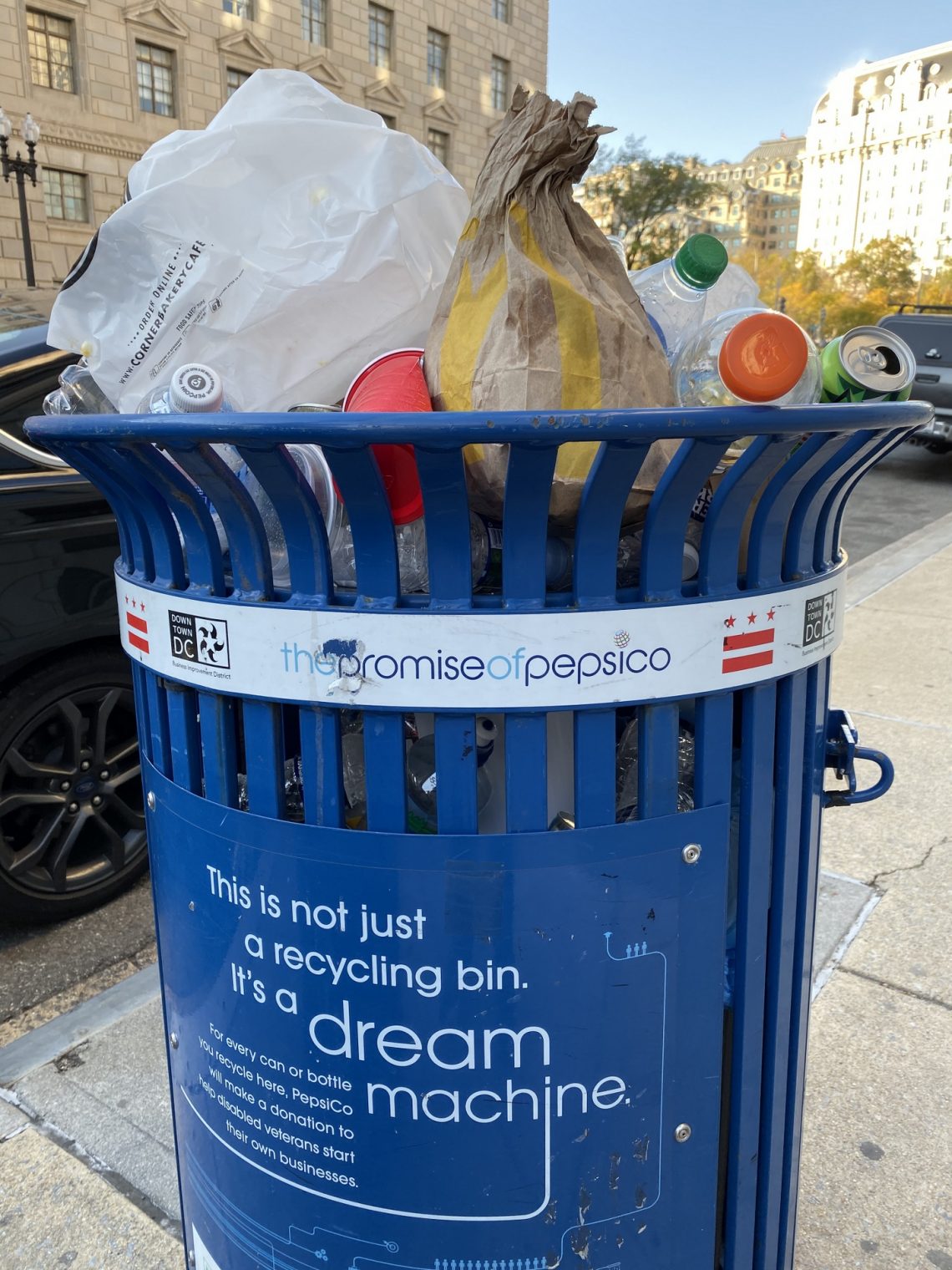I’m listening to the Billionaire Raj on Audible. For those of us who live in a U.S.-centric bubble, there is a lot of interesting modern history regarding India’s most successful people and enterprises, including Mukesh Ambani who lives in a $2 billion house in Mumbai and was rich enough to spend $30 billion building a from-scratch mobile operator called Jio. Some of the success seems to come from rapid growth in an immature economy, which therefore offers niches that don’t exist in Germany, Japan, or the U.S. (what start-up could realistically compete with Verizon, for example?). The author attributes most of the success, however, to cronyism. Current Indian billionaires were those who got early licenses and permits from paid-off friends in politics and government. Maybe they don’t need to bother with bribes now because they have huge market share and momentum.
The author, James Crabtree, makes righteous-sounding statements about the dramatic income and wealth inequality that prevails in India today. Implicit in his decrying of the current situation is that the Indian government needs to grow in size and capacity until money can be taken away from the undeserving billionaires and distributed to the worthy poor. He draws dozens of comparisons between India’s current crop of billionaires and the robber barons that grew rich in the late 19th century United States.
The book itself contradicts this comparison. Crabtree paints India pre-1990 as having a centrally planned economy with at least as many restrictions as the Soviet Union. Nobody could buy or sell anything without approval from a government bureaucrat. Nobody could get on a plane and leave the country without government permission. The Indian government, even in its stripped-down post-1990 form, is vastly larger and more powerful than the U.S. government was in the 1800s.
There are some good sections on the infrastructure of corruption. Most people don’t know how to bribe government officials and wouldn’t want to learn how. Thus, a corrupt society encourages the development of a layer of middlemen agents who obtain the required permits from government officials. If they’re paying bribes, the customer of the agent never need know.
Ever wonder why the folks calling with credit card refinancing scams all have Indian accents? There are plenty of people worldwide who speak English and quite a few are willing to work at low wages. Crabtree makes the case that India has the world’s richest and deepest tradition of corruption.
The author studied government and public policy and his proposal for India is essentially that government be “reformed” so that bribery and inefficiency are eliminated in favor of enlightened technocracy. Once that is done, presumably, then an Elizabeth Warren-style sanding down of the billionaires will take place to address the scourge of inequality.
Yet it is unclear how this glorious reform is to be achieved. The author describes Indian politics as driven by castes competing for victimhood status and parties promising to dole out government jobs and other government-controlled resources to victim castes. All party activities are fueled by cash from successful businesses and business owners. (Corrupt politicians are punished, however; after 18 years of prosecution and procedure, J. Jayalalithaa was sentenced to 4 years in prison (she served one month before returning to office).)
Ultimately the book is unconvincing regarding the source of wealth of current Indian billionaires. The book describes some of them going bust after making investments that were a bit too daring. The book describes Ambani being unable to get the government to approve helicopter operations off the roof of his $2 billion house. If he’s a government crony, why can’t he get his helipad? GE was able to get their cronies in the City of Boston to approve a helipad in South Boston that nobody else had been able to get (a condition of GE moving its HQ to Massachusetts). Certainly it seems that the Indian billionaires gambled big and won big as the economy continued to grow. And probably they faced a less competitive environment than in some countries with smaller governments and markets closer to the Econ 101 ideal.
Despite the logical contradictions and absurd dreams of hyper-efficient and hyper-honest government in a country that has a multi-century tradition of the opposite, the Billionaire Raj is useful for shaking the American reader out of the notion that the U.S. and China are the only places where big business happens.
Full post, including comments 




























